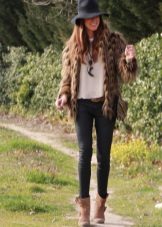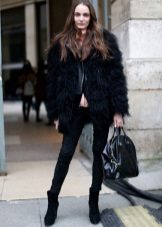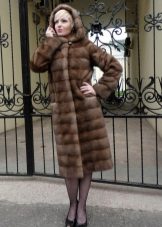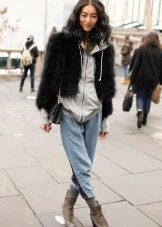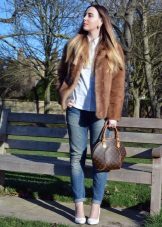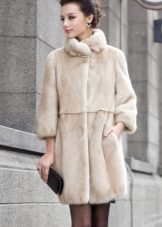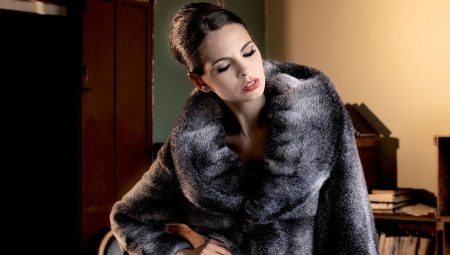Luxury must be comfortable, otherwise it is not luxury. Coco Chanel
Which is better: a fur coat or a sheepskin coat?
To date, outerwear made from natural fur is represented mainly by fur coats and sheepskin coats. Therefore, before you go to the store for a fur product, you need to decide what exactly you need.
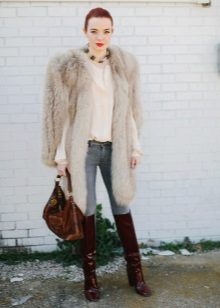
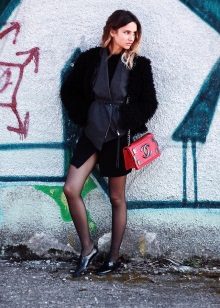

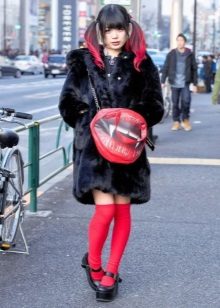
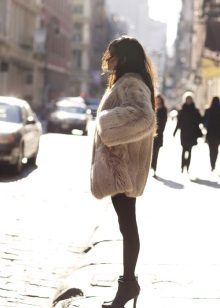
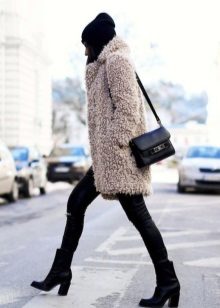
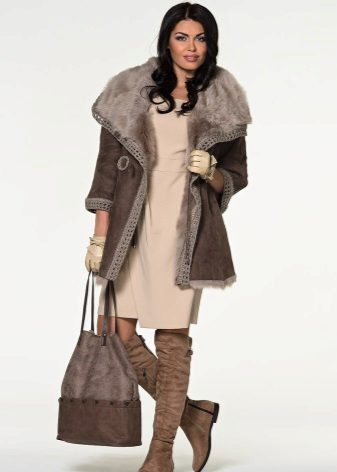
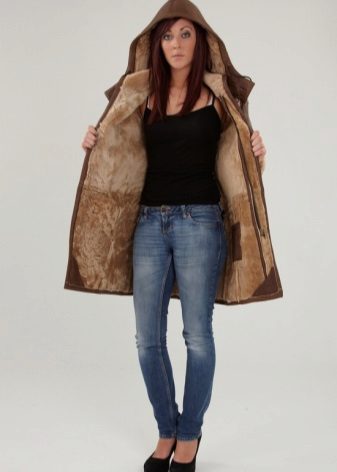
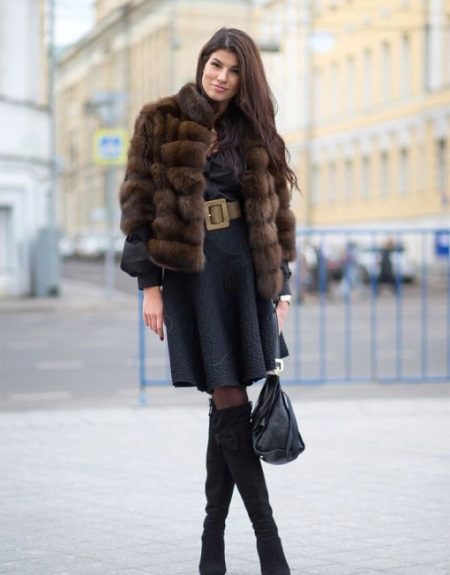
The ability to choose fur for the color type of appearance helps to create the most harmonious and stylish images in which there will be no place for everyday life and boredom.
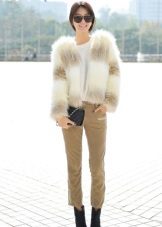
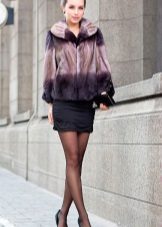
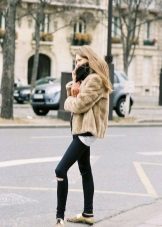

How to choose the size and style?
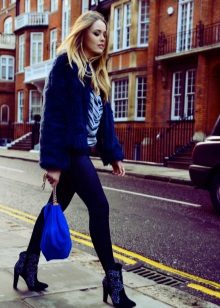
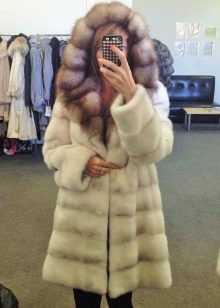
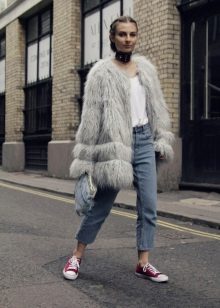


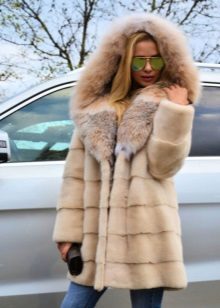
In order not to make a mistake with the size, it is important to pay attention to the following points when buying:
Do not buy a fur coat if it is small or tight for you. Some girls, hoping to lose a few extra pounds, get things a little smaller.
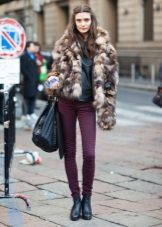
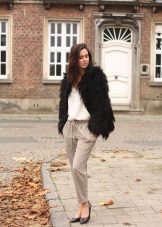
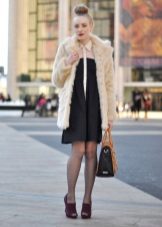
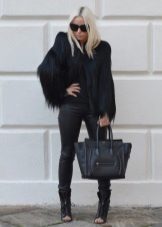
If fashionable jeans from the latest collection can still be used as an incentive to adjust the figure, then such experiments should not be carried out with a fur coat made of natural fur, since there is a great risk of not coping with the task and being left without a favorite skin.
Remember that too tight-fitting things, or worn end-to-end, do not slim, as many believe, but only emphasize the flaws of the figure.

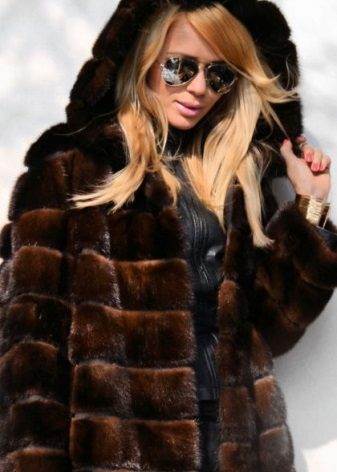
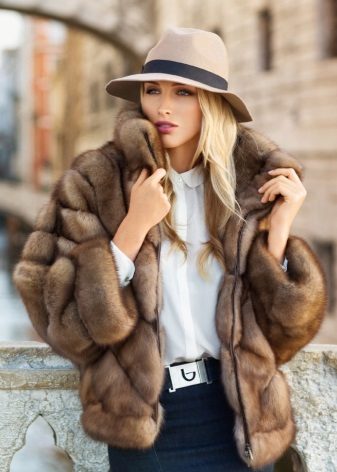
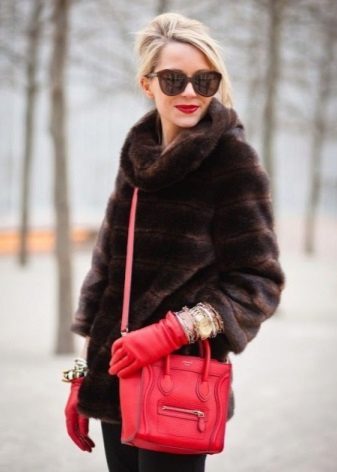
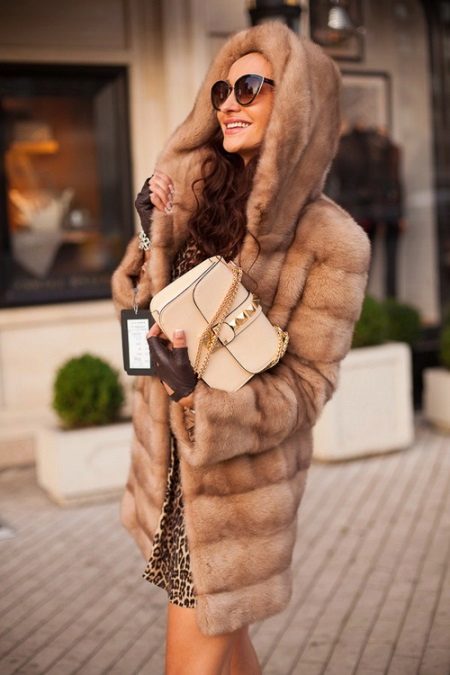
Particular attention should be paid to the style, because with it you can hide the flaws and emphasize the advantages of your figure. So, for full ladies, it is recommended to choose styles that hide the dimensions of the body and volumes. Such an ideal option would be a slightly flared model, an A-coat or a trapeze. Length - from mid-thigh to mid-tibia. If you purchase a longer product, it will add weight to the image, and a short one will not hide the problematic hips and buttocks.
Chubby girls should choose fur coats with short fur, using decor in the form of a chic arctic fox hood or a silver fox collar as a decoration.
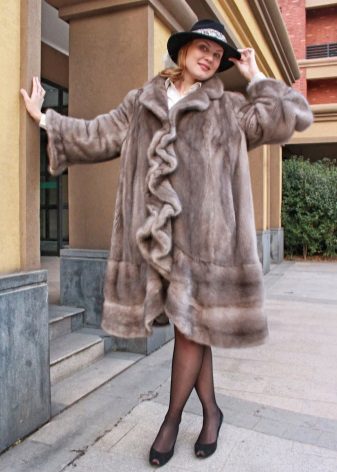
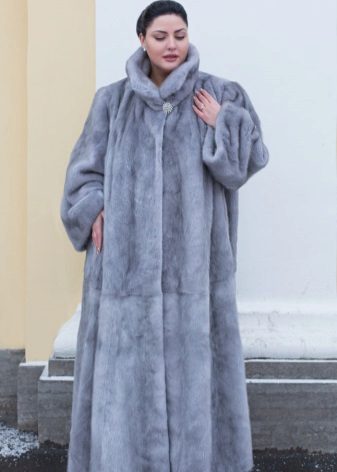
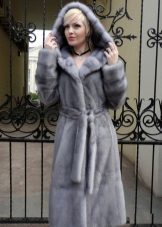
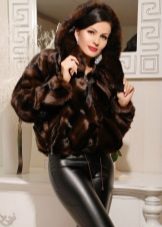
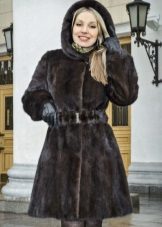
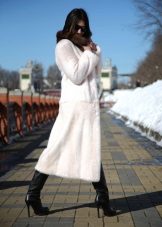
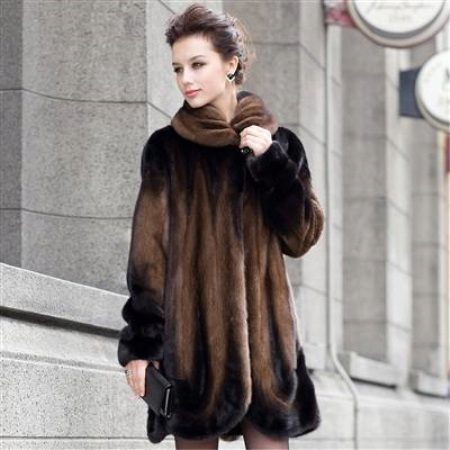
Slender women can choose a transverse cut in any styles and fur designs, since such a fur coat will look extremely harmonious and elegant on them.

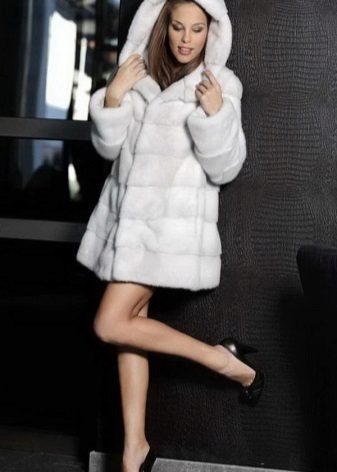
If you can’t decide on the location of the skins on your future fur coat, keep in mind that the “cross”, unlike the classics:
- has an original look;
- Looks more stylish and modern;
- able to hide the flaws of the figure, adding the missing volume in the right places;
- Helps look its owner a little younger;
- It looks much more luxurious;
- makes visible all the best qualities of fur.

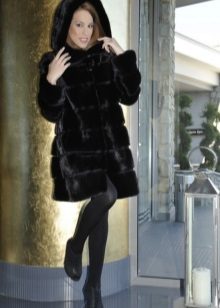
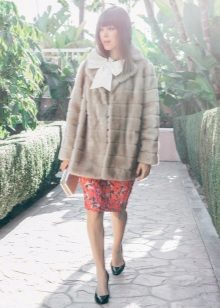
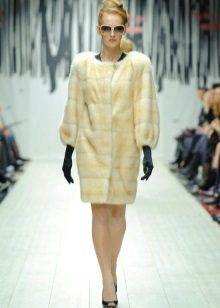

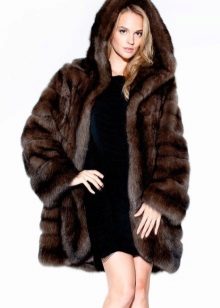
Which fur to choose?
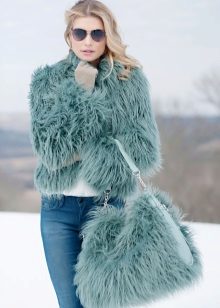
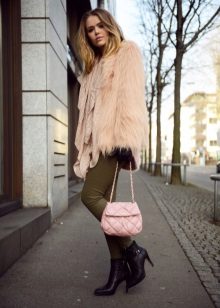
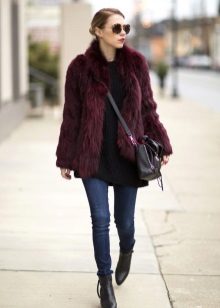
Mink
She bears the name of the Queen of Furs. The mink texture has an average pile length with a rather thick undercoat that perfectly retains heat inside. A wide range of natural shades is able to satisfy the needs of the most demanding fashionistas, fitting into any bold and extravagant looks.
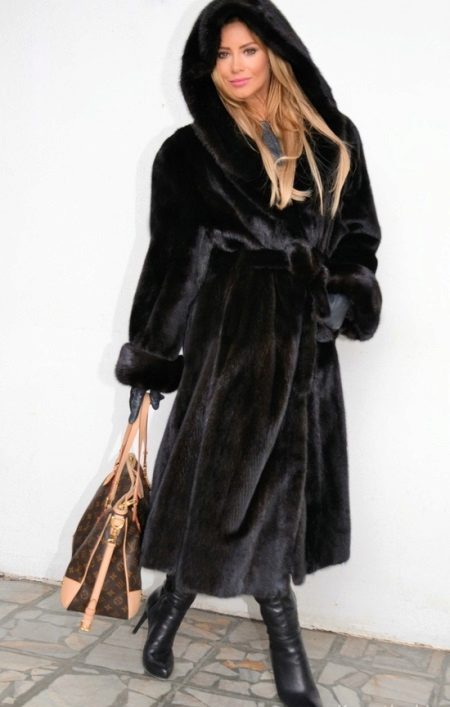
There are several types of mink at the place of origin:
Scandinavian. the most common and affordable option. This fur has slightly longer hairs and a dense underfur, which makes it the most comfortable to wear in the Russian climate.
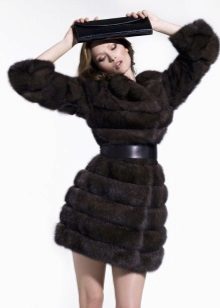
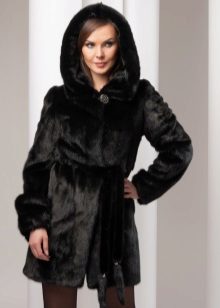
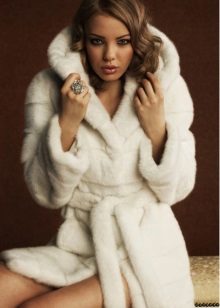
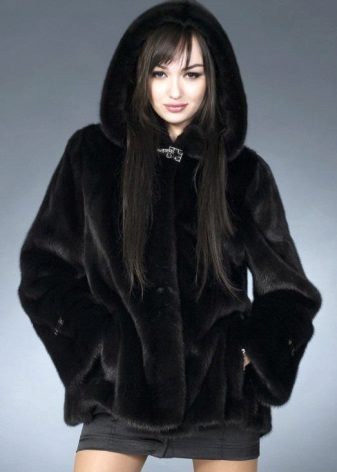
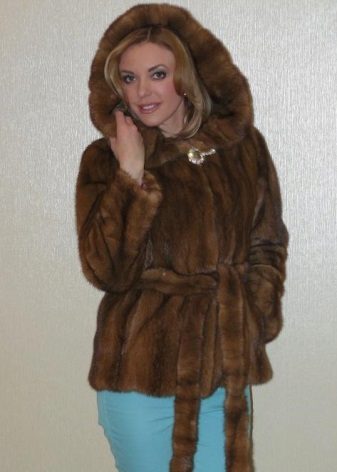
Russian mink is not afraid of humidity and too hot and dry air, which makes it possible to ventilate it in the fresh air under direct sunlight, burning moth larvae.
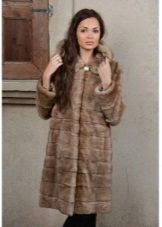

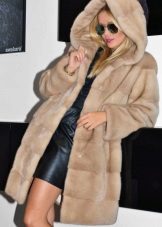

Arctic fox
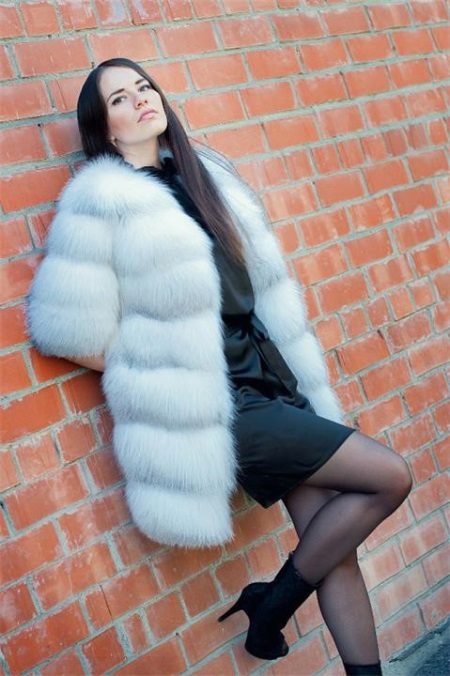
Mouton (Sheepskin)
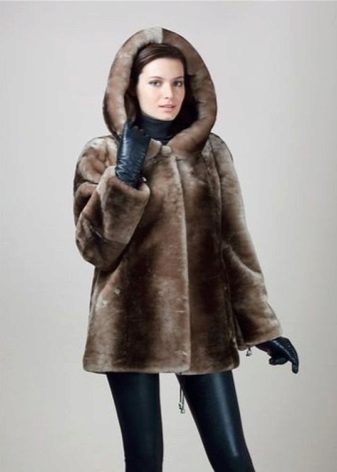
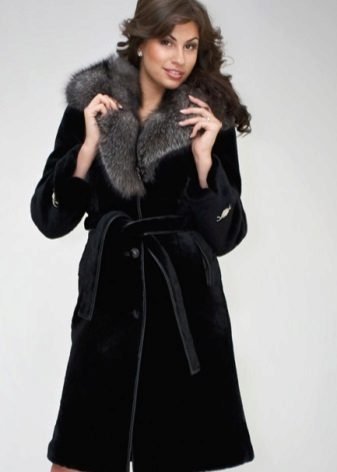
Chinchilla
One of the most luxurious furs. It is distinguished by its special softness and silkiness, the undercoat has a height almost on par with the hairs.
A distinctive feature of the pile is the zoned color, which can give any product a chic and exclusive look.
Light as fluff, chinchilla fur is not available to a wide mass of buyers, as it has a rather high cost. In addition, it is very short-lived (maximum - 3 seasons) and does not tolerate humidity, upon contact with which the service life of the fur is reduced significantly.
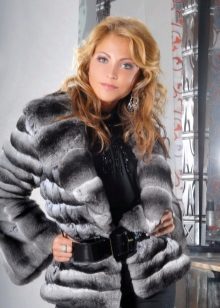
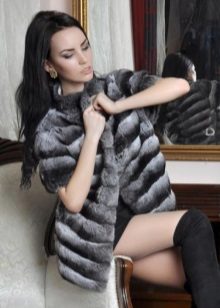
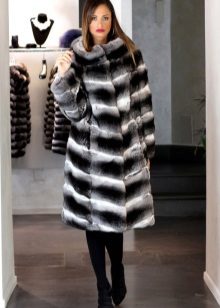
Beaver
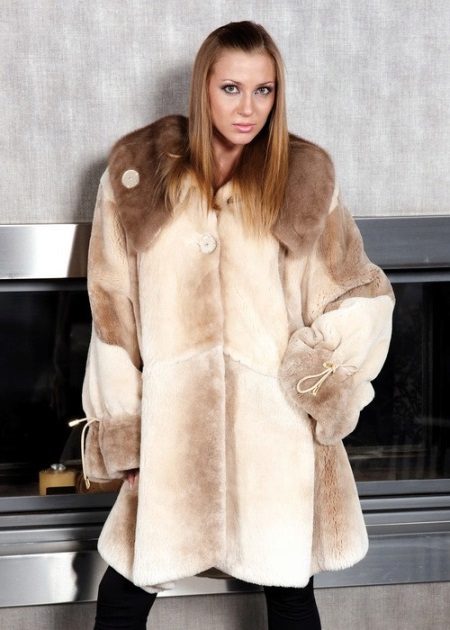
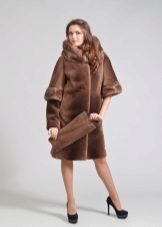
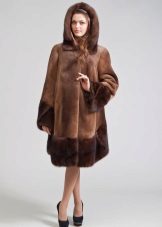
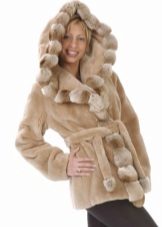
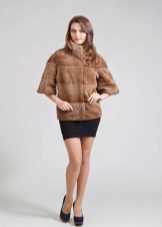
Determine the color
In order to choose a fur coat that is ideal for you in all respects, it is important to consider not only the features of your figure, but also your color type.
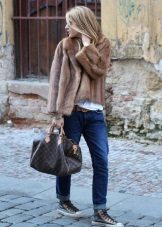
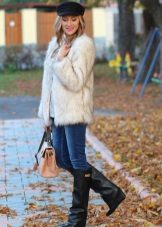
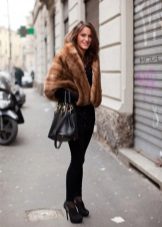
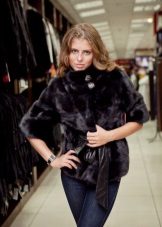
For “warm” blondes, the ideal option would be a red and nutty color - a fox, a lynx, a light mink. For more “cold” platinum blondes, blue mink and ermine are a great option. We also recommend that you consider chinchilla or raccoon fur.
Brown-eyed brunettes can afford to wear black mink, silver fox or sheepskin fur. You can also try on the fur of other dark shades.
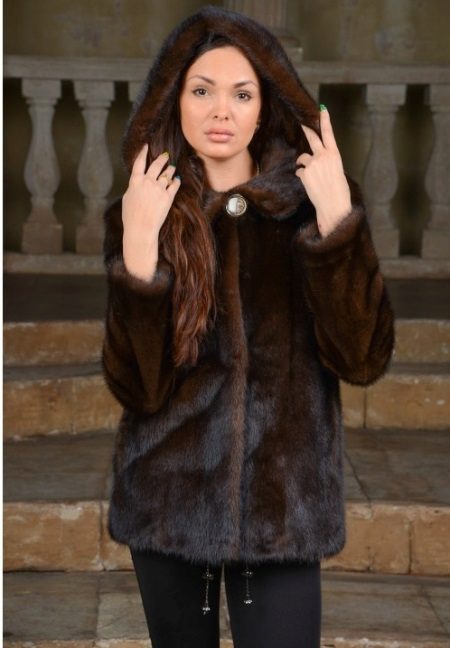
Do not be afraid to purchase painted products. To date, manufacturers of fur coats have learned to give color to the fur quite qualitatively, so feel free to try on custom color products. But, deciding to buy such a fur coat, just in case, check the quality yourself, without relying on the advice of a meticulous seller. Just run a white handkerchief against the coat and under the undercoat - if there are traces of paint on it, then most likely this coat will last you very shortly, after a few seasons it will fade and lose its color.
A universal fur that suits absolutely all color types is a sable and a muton.
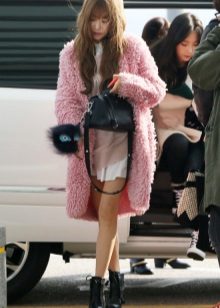
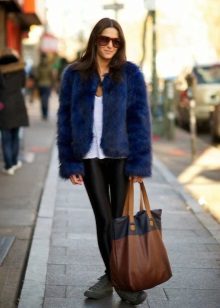
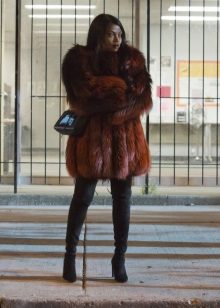
How to choose a quality fur coat?
When you touch the fur you should feel a pleasant warmth. The fur should literally slide under the palm of your hand, after holding the pile against a high-quality fur coat it will lie down quickly and evenly.
Feel free to ask for a certificate for a fur product - if the seller has nothing to hide, he will demonstrate it to you with dignity.
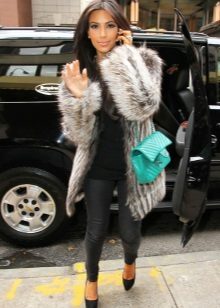
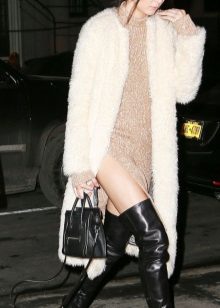

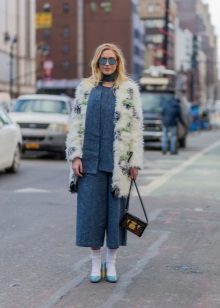
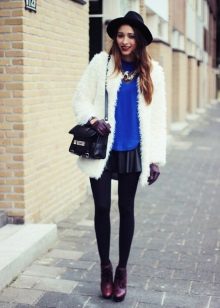

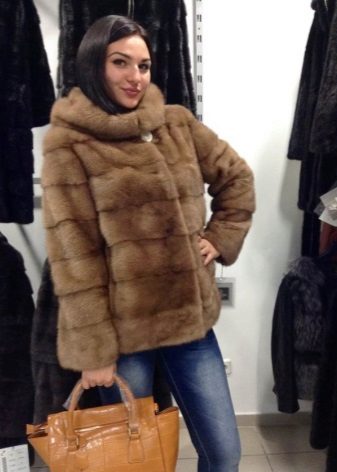
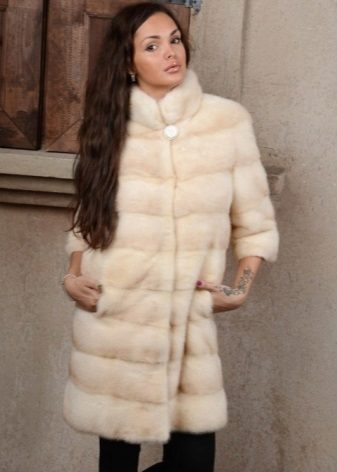
How to distinguish an original from a fake?
A high-quality fur coat never has a tightly sewn lining, as the buyer should be able to evaluate the quality of the fur from the inside without opening the seams.
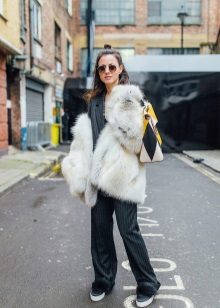
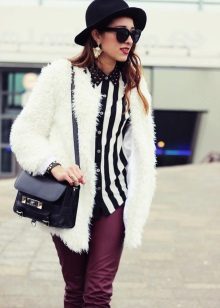
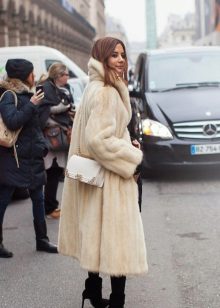

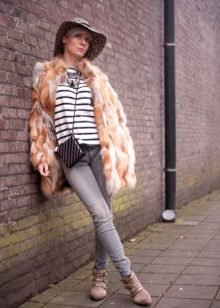
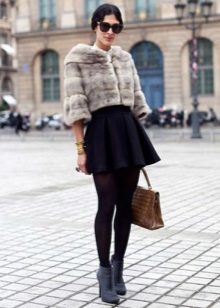
Tips
- Do not buy a fur coat if you even for a second have doubts about its purchase, otherwise the purchase will not bring any joy afterwards.
- Carefully inspect, iron, remember, smell the fur coat before buying. Feel free to get to know her from all sides.
- Consider your lifestyle and clothing style so that the fur coat fits perfectly with your bows.

